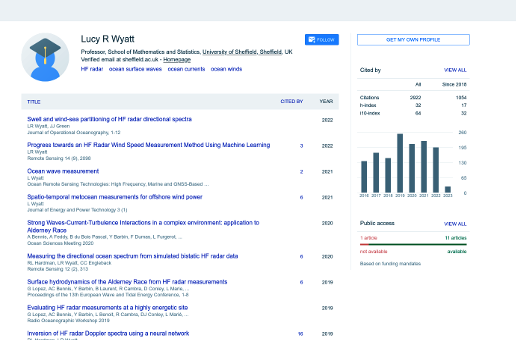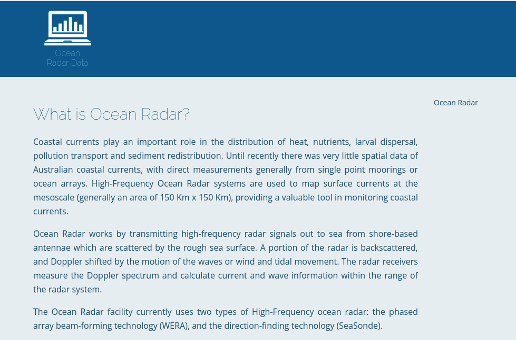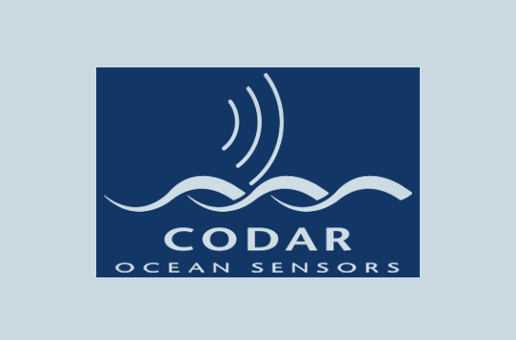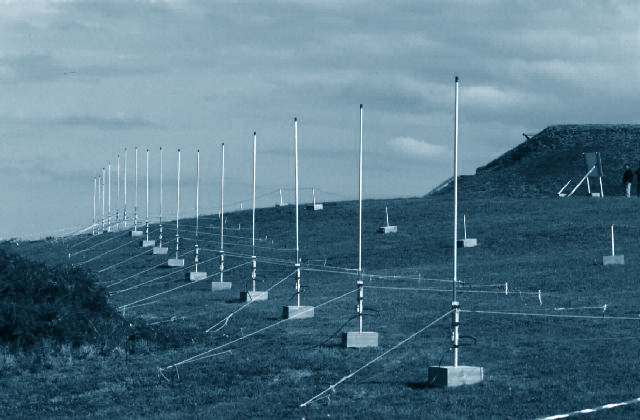Metocean data is calculated at multiple grid points across the coverage area for instance:
- 300 high quality data points
- across an area of 500 to 20 km2.
The full directional spectrum for the waves is calculated at each point with sufficient signal, which allows variation in the wave field to be accurately captured.
With present technology calculations take around 0.16 sec per data point, so typically the entire area may be updated in less than one minute after the radar data have been collected.
The data are processed on the installed Seaview Realtime Server to produce .sea files.
Currents and wind direction
Measurements are taken from the two main peaks in the radar power spectrum for each point across the radar coverage area. Surface current measurements from frequencies, wind direction measurements from amplitude.
Waves
Seaview Realtime Software calculates wave data by numerical inversion of an equation relating the radar power spectrum (the measured quantity) to the ocean wave directional spectrum (the solution of this inversion).
This is based on the theory developed by Barrick in the 1970s which provides a good description of the backscattered signal over the full range of HF radar frequencies in low sea states and for low HF frequencies in high sea states.




